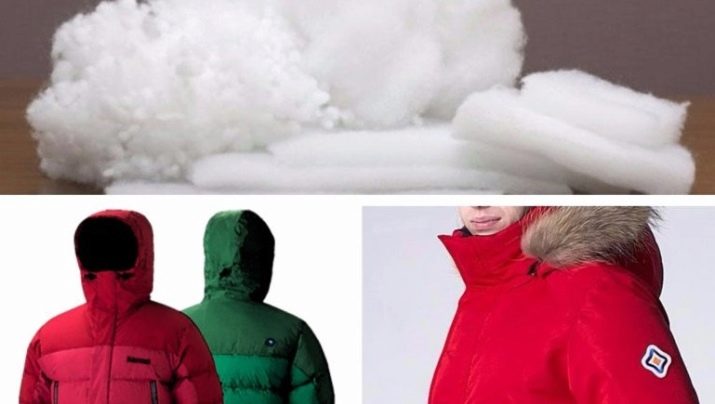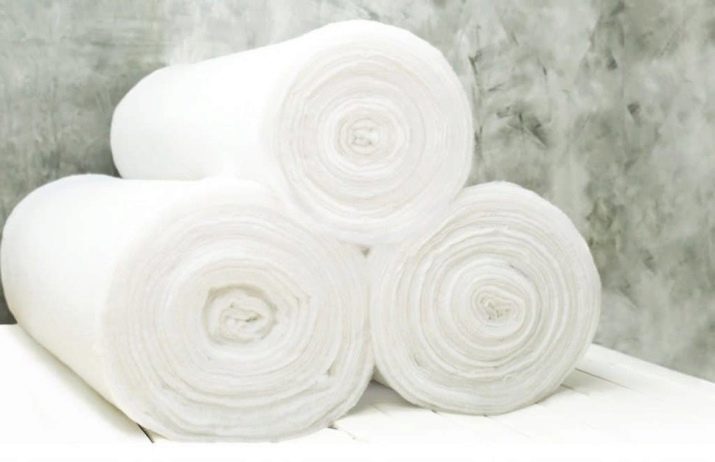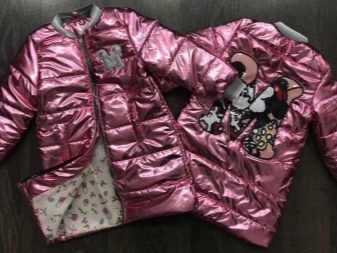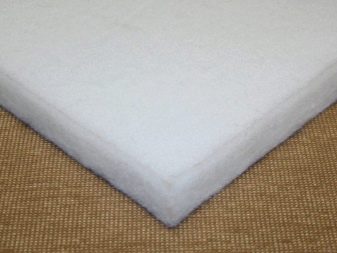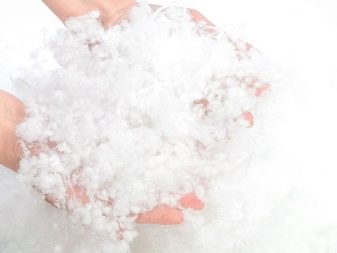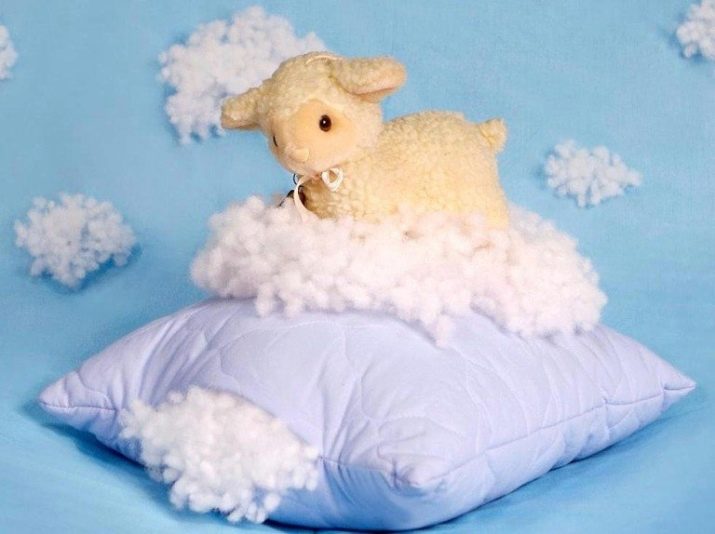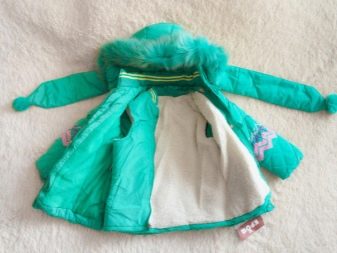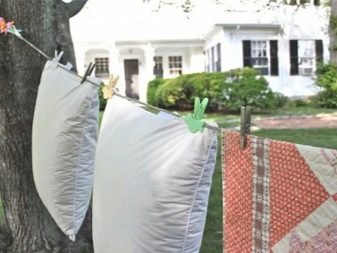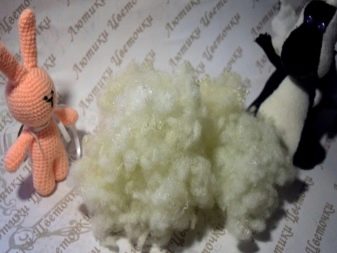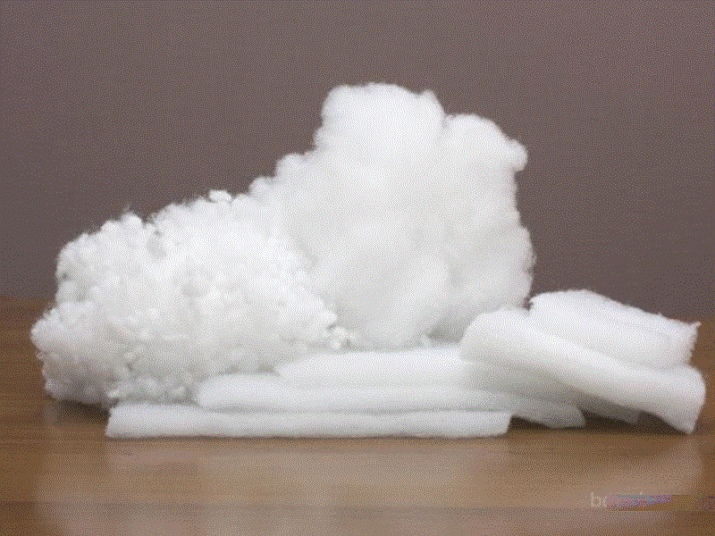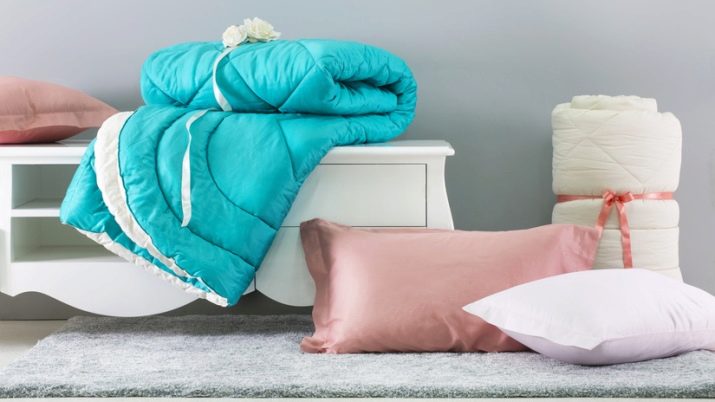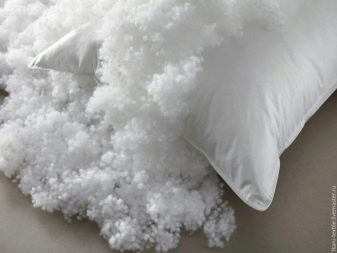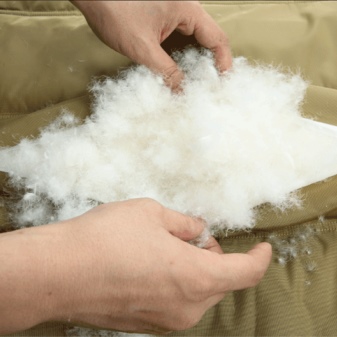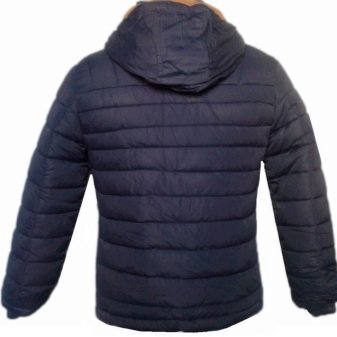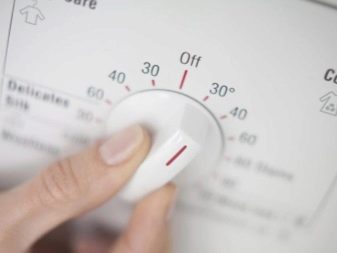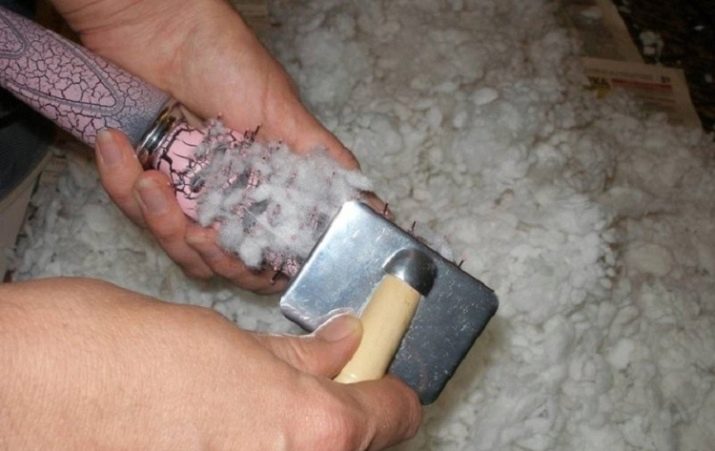The best filling for jackets, pillows and blankets has always been considered fluff. However, these products have a fairly high price, and some cause allergies. Thanks to modern technology, it has been possible to create alternative heaters that have a more democratic cost — this is a synthetic winterizer and holofiber. This article describes the characteristics of the materials, as well as describes what their differences are and what to look for when buying.
Sintepon
Sintepon is an abbreviation of the phrase "synthetic canvas." It is made from special polyester fibers obtained from fused thermoplastic, which is called polyethylene terephthalate. This material was derived in England in 1935. Often natural materials are added to polyesters, for example, cotton, wool or bamboo threads, which were obtained during the processing of fabric waste. When enlarged, the fibers resemble a spiral or spring; in large quantities they intertwine with each other and constitute a flexible material with a large number of useful properties.
One of the main advantages of sintepon is the ability to retain heat for a long time. Another advantage is light weight, which is why the jackets and down jackets on the padding polyester are very light, and the blankets are airy. The material does not deteriorate when compressed and very quickly returns to its original appearance. It does not absorb moisture and dries quickly after washing.
The synthetic winterizer differs in environmental friendliness and harmlessness. It is non-toxic and does not cause allergies. The exception is made by some types made by a glue method. Insulation produced in three ways.
- Thermal. In this case, the fibers are bonded with high temperatures.
- Needle punch. This method involves the mechanical connection of the spirals.
- Glue. About it has already been said above. Such a filler is made by gluing fibers with a special emulsion.
The cost of synthetic fabric varies depending on its quality and method of production. The most environmentally friendly is considered to be sintepon made by needle-punching method.
Holofiber
Holofiber is more modern. Products with this filler appeared on the domestic market relatively recently, but they are already in high demand. The peculiarity of this material is that it lets in the air, which fills the structure of the threads, thereby providing more warmth of outer clothing. Actually, it is this function of insulation that formed the basis of its name. Hollow fiber in translation from English means "hollow fiber".
The twisting density of the spirals that make up the holofiber, is much greater than in its synthetic counterpart. Due to this, the air that has penetrated inside the heater heats up faster and does not cool much longer, respectively, and outerwear filled with holofiber is much warmer than from padding polyester.
Hollofiber keeps its shape perfectly thanks to the thermal method of bonding hollow spirals. The fibers are heated and fused at the joints with each other. In this way, an elastic and flexible material is obtained, which does not deform under compression and quickly restores its original appearance.
This insulation has become the unofficial leader among synthetic insulation. It has a lot of advantages:
- it has a high level of aeration, which allows the body to breathe under it;
- water repellency properties ensure long life;
- the filler does not absorb odors, which is very convenient, for example, for smokers;
- hollofayber does not ignite even in contact with the flame;
- material perfectly holds dust on the surface, preventing it from penetrating into the structure;
- goods with holofiber in the form of a heater are easy to wash: it does not sit down after drying;
- a great advantage of this filler is environmental friendliness: it is completely non-toxic, as a result, it can be used for sewing baby clothes, bedding and toys.
Sintepon and holofiber have a couple of common advantages, so that they are preferable to natural insulation. Firstly, they are immune to microbes, and secondly, they have a democratic price, so products are more accessible.
How to distinguish?
Despite the presence of similar properties, there is still a significant difference between these two materials. Compared with synthetic canvas, holofiber is considered to be more technological, durable, high-quality and durable filler. He is able to maintain the original appearance much more time. The environmental friendliness of holofiber is still higher than that of its synthetic counterpart, which is why it is more recommended for children's things.
What's better?
For pillows and blankets
When choosing a filler for bed linen should again refer to their properties. Both the synthetic winterizer and holofiber have low weight and provide warmth and comfort during sleep. But there is one feature of the synthetic canvas, which negatively affects its quality, while its analogue is completely environmentally friendly and hypoallergenic: a synthetic winterizer bought in an untested place at a low price may turn out to be of very poor quality, which will negatively affect the health of the body. The fact is that some unscrupulous manufacturers use recycled materials for the production of this heater.
The resulting product is strictly prohibited for use.
Another point that speaks in favor of holofiber as a filler is a long service life of such goods. Pillows, blankets and other accessories for sleeping from a synthetic winterizer wear faster. Also hollofayber practically does not accumulate static electricity, which is important. Spiral fibers provide optimal aeration of the material, and therefore sleep on it is much nicer and more comfortable.
clothing
Most often, the synthetic winterizer and holofiber are used for the production of insulated jackets, down jackets, overalls, and even hats. Outerwear with these fillers is very light and provides heat for a long time. Coats with synthetic insulation easier to care for than the down or other natural. Both materials are optimal for outerwear, however, in this case, the holofiber is ahead of the synthetic canvas in some points:
- the material is very flexible, almost weightless and retains heat well;
- a high level of aeration allows the body to breathe even under outerwear;
- Spiral fibers perfectly keep warm air, so down jackets with holofiber insulation are perfect for frosts down to -25 degrees.
In turn, the synthetic winterizer is suitable for temperatures not lower than -10 degrees, which is not the limit for our latitudes. For warmth, many people compare holofiber with natural down.
For kids
It is necessary to acquire children's accessories with special care, because toxic substances in the composition of clothing can cause an allergic skin reaction. When buying a blanket or pillow, it is recommended to give preference to a filler from a holofiber, since it is more environmentally friendly and has a number of hypoallergenic properties. In addition to the flexibility of the material, you need to pay attention to the ease of washing a similar product.When buying accessories for sleeping with synthetic insulation, it is better not to save money, since cheap synthetic winterizer can be dangerous to health.
It is also better to take children's down-padded coats and overalls with a filler from holofiber, since the synthetic winterizer loses up to half the volume after washing. Hollofiber does not absorb sweat, perfectly retains heat and does not allow the child's body to overheat (this is one of the most important points when choosing clothes for children).
Care rules
In order for the item with insulation to serve for a long time, you should competently take care of it. One of the main rules is the ban on long soaking clothes or blankets. The maximum recommended time is thirty minutes. In no case can not be bleached overalls or jacket filled with padding polyester and holofiber. The procedure will adversely affect its quality. Drying should occur at room temperature. Before cleaning, it is better to carefully examine the label of clothing and follow only it.
As a rule, washing can be performed at a temperature of 30 degrees. Products with synthetic filler can be washed in a typewriter.
It is recommended to use capsules for washing or gel: they do not affect quality as much as powder.
Squeeze such a thing is optional. Clothes should be hung on a hanger, a pillow and blankets put on a clothesline.
If the synthetic fiber is felled or has become less bulky, you can beat off the jacket with a stick, or you can get the filler by making a small incision on the wrong side, and comb the synthetic winterizer with a special tool. Then the heater returns to the place, and the jacket is re-quilted.
For information on which filler to choose for a toy (sintepon, sintepukh, holofiber), see the next video.

